What amazing appearance of the stars formed by the stars?Let's find out
Author:Astronomy online Time:2022.06.30
Hubble Telescope captures the surprising image when the star is formed to form a spots.
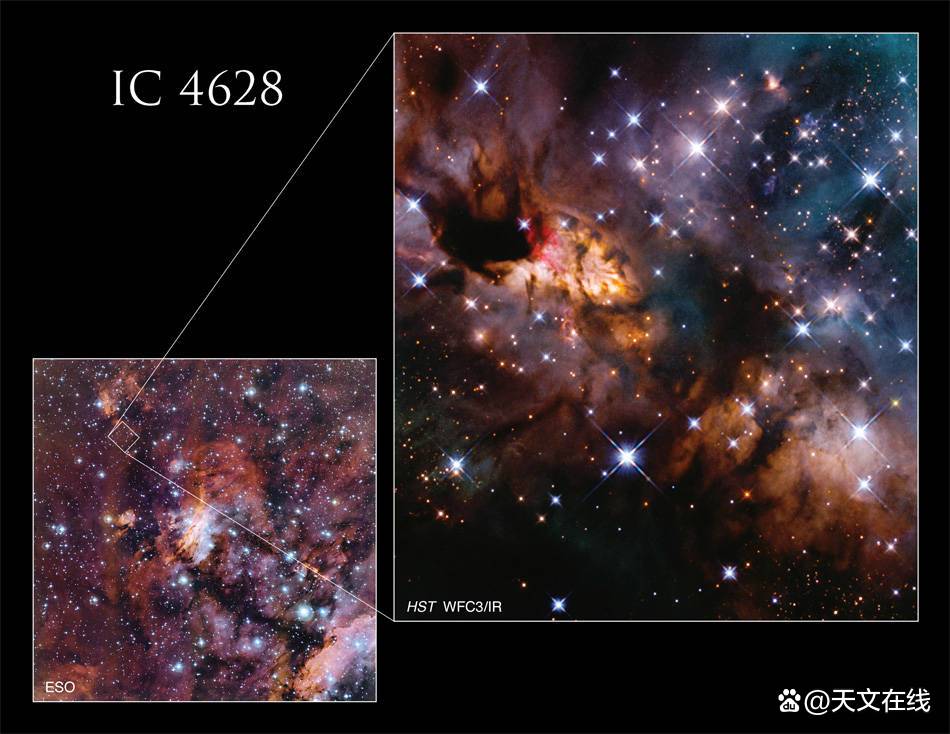
Spot Shrimp Xingyun (IC 4628) is a huge star career located about 6,000 light years from the earth.
(Picture source: NASA, ESA, and J.Tan (Charms University of Technology); Processing; Gladys Kober (NASA/American Catholic University))

The Hubble Space Telescope captured the magnificent scenery of the spots and the clouds floating in the deep space.
Spot Shrimp Nebula, officially named IC 4682, is a Scorpio that launch Nebula, located on the earth with a 6,000 light years on the earth. The oversized planet explosion will form nebula or interstellar gases and dust clouds; in turn, these interstellar substances bring life to new stars.
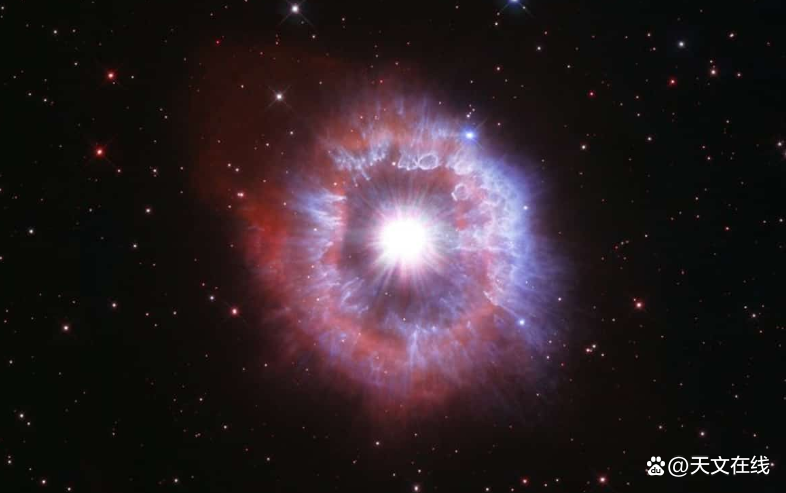
The width of IC 4682 exceeds 250 light years, and is considered to be a large -scale planet nursery. The new star is formed here. Scientists classify it to the launch of the nebula because its gas has been inspired or left by the neighboring star radiation. According to a statement of NASA, the process generates electronics and re -emitted the absorbed energy in the form of infrared light.
However, because human eyes cannot see this type of light directly, the IC 4682 is extremely weak for the observer on the ground. In view of the favorable position and camera range in the space, it can observe the structure of the shrimp nebula in close range, including the bright area in the glowing gas and the dazzling stars.
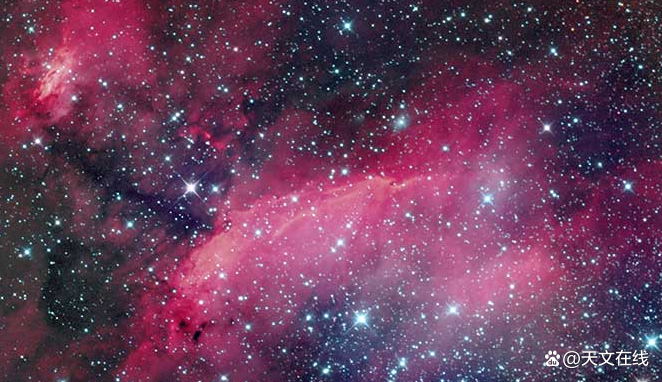
According to the statement, in the recent Hubble image, a small part of the stars formed by the stars formed by the nebula, the red vortex of the dust and the gas shows the existence of the ionizing iron (Fe II).
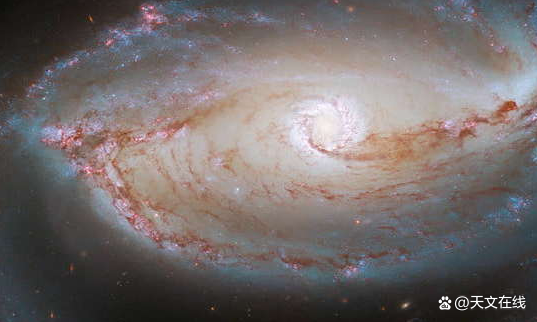
This photo taken with Hubble wide -angle camera 3 is part of a larger solution. This scheme is a star who investigates large quality and medium size and is still in the early stage of development, also known as the original star.
According to NASA's statement, "Astronomers use the infrared sensing of Hubble's wide -angle camera 3 to find ultraviolet rays, star injection, and other characteristics of ionizing by the original star."
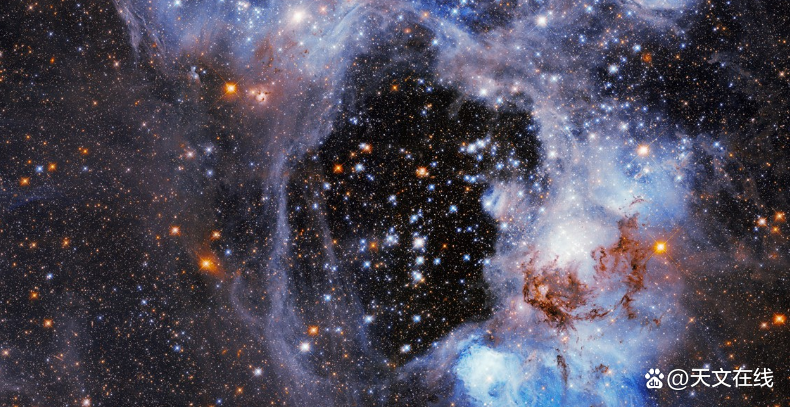
Wide -angle camera 3 (WFC3) is the latest and most advanced equipment of Hubble Space Telescope in the visible light. In the first space walking of the Aerospace Aircraft Mission STS-125 (Hubble Space Telescope Service 4) on May 14, 2009, it was installed as an alternative to wide-angle and planetary camera 2.
As of January 2019, WFC3 is still working.
This device is designed as a multifunctional camera, which can take a very wide wavelength range and a vast vision to shoot astronomical goals. It is the fourth -generation device of the Hubble Telescope.
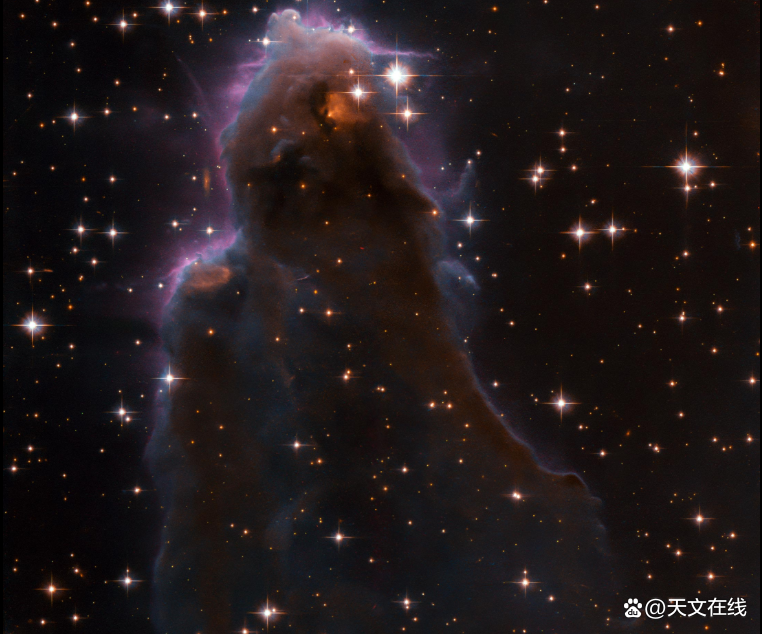
This device has two independent optical paths: one is UV, using a pair of charge coupling devices (CCD) to record the optical channel of 200 to 1000nm images; and the other is a near -infrared detector array covering 800 to 1700nm wavelength range.
There are two CCDs in the UV optical channel, each of which is 2048*4096 pixels, while the IR detector is only 1024*1024. The focus of the two channels is designed for this camera. The field of view of the light channel is 164*164 cents (2.7*2.7 angle, from the earth's perspective of about 8.5%of the diameter of the full moon), and the pixel is 0.04 cents. This field of vision is comparable to the wide -angle and planetary camera 2, but slightly less than a high -level camera for measurement. The field of view of near -infrared channels is 135*127 cents (2.3*2.1 angle), the pixel is 0.13 cents, and it is much larger than the near -infrared camera and multi -target optical spectrometer. Its design purpose is to largely replace replacement Essence
Near -infrared channels are the road visits of the Wabbi Space Telescope in the future.
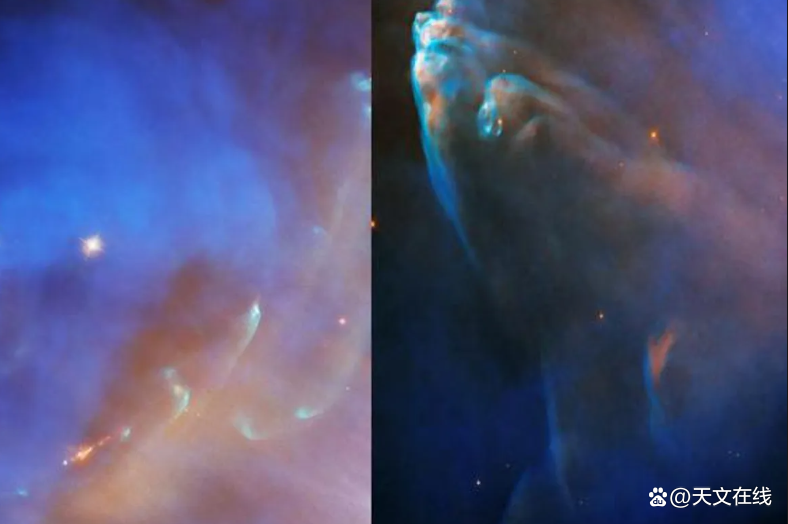
Both channels have various broadband and narrow belt filters, as well as prisms and edges. They can achieve wide -view field and extremely low -resolution spectral science, which is very useful for investigations. The optical channel is efficiently covered with visible spectrum (380nm to 780nm), and you can also see nearly ultraviolet (as low as 200nm).
The IR channel is designed to lack sensitivity other than 1700nm (compared with 2500nm restrictions from NICMOS) to avoid drowning by hot backgrounds from relatively warm HST structures. This allows WFC3 to use thermoelectric cooler to cool, rather than carrying consumed frozen to cooling instruments.
related information
IC 4628, or Prawn Nebula, is a launching nebula in Scorpio, about 6000 light years from the earth. Discovered on November 16, 1829 by astronomer Jean Mali Edward Stephen.
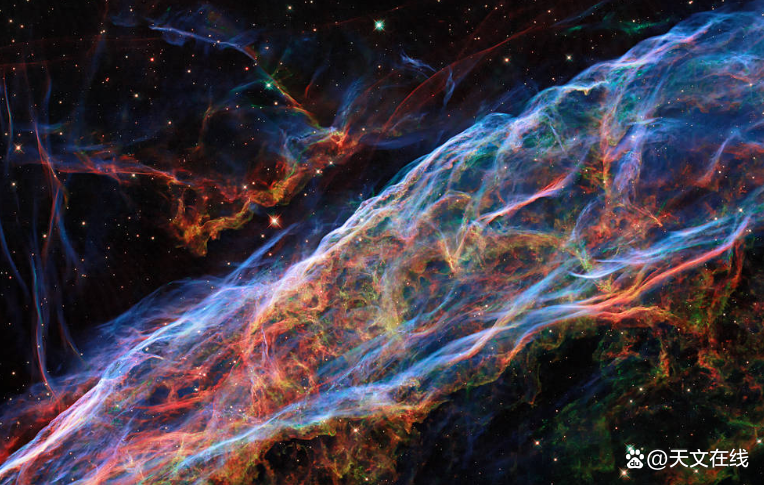
IC 4628 is a young nebula with only millions of years. The nebula was illuminated by a large -quality star in the Scorpio OB1 Star Association, and the hydrogen in the area was irradiated with the ultraviolet radiation radiation of the stars.
The Hubble Space Telescope is the space telescope running on the earth's orbit in the name of Astrologist Edwin Hubble. Hubble Telescope receives the instructions of the ground control center and transmits various observation data to the earth through radio. Because it is located on the earth's atmosphere, it has obtained the benefits that the foundation telescope does not have: the image of the image is not disturbed by the turbulence, the vision is excellent, and the background light caused by no atmospheric scattering. Essence
By: Samantha Mathewsonfy: Fu Mo
If there is related content infringement, please contact the author to delete after the work is released
Reprinted, please obtain authorization, and pay attention to maintaining integrity and indicating the source
- END -
The well -known app announced that it will shut down to get off the shelf

/A few days ago, the Maternal and Baby E -commerce Platform Honey Bud official we...
China Merchants and Enterprises have a new window of Beijing Urban Sub -center, living room open trial operation

The corner of the living room of the urban sub -center.The living room located in ...